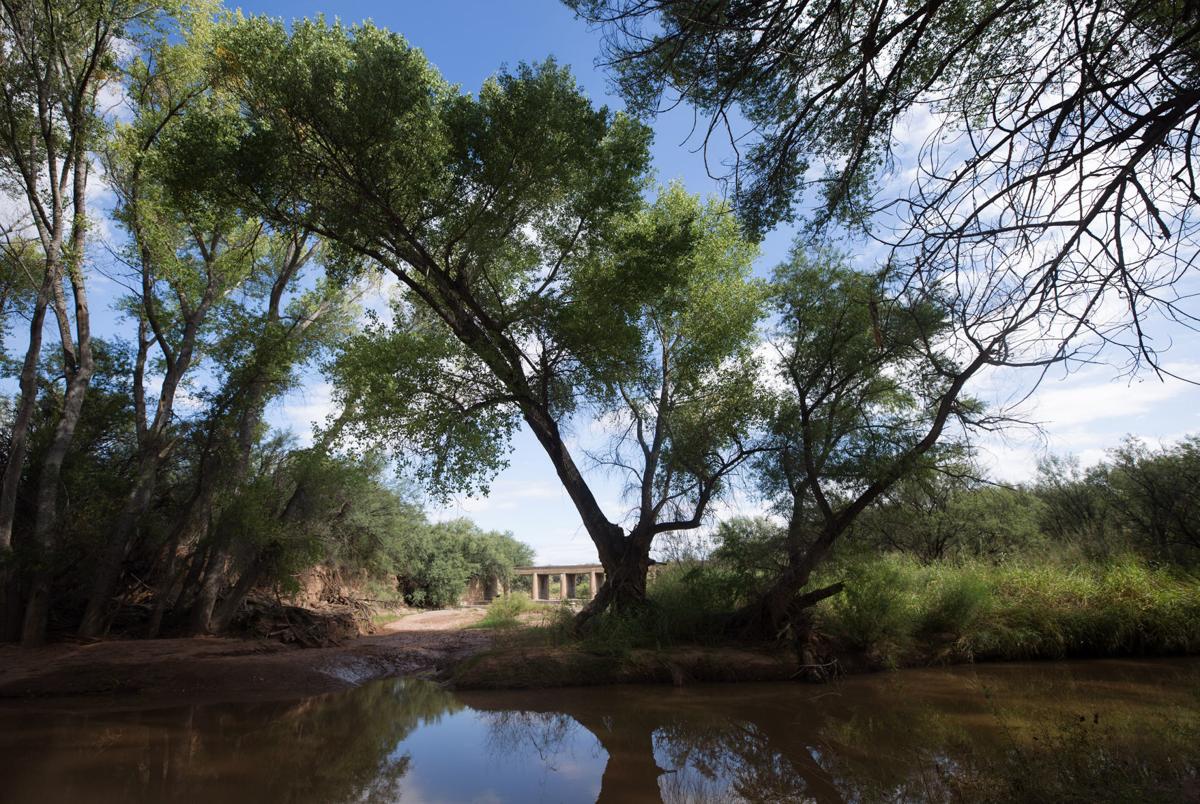The following column is the opinion and analysis of the writer.
In response to Robin Silver’s Dec. 21, 2019, opinion piece “With the San Pedro in the balance, local leaders defer” published in the Arizona Daily Star, it is important to set the record straight regarding Cochise County and its partners’ efforts in conserving water and protecting the San Pedro River.
Silver hits the mark in declaring the San Pedro is “one of the nation’s environmental crown jewels.” That is why Cochise County, through the Upper San Pedro Partnership, has spent more than two decades working with Fort Huachuca, the city of Sierra Vista and 18 other federal, state and local partner organizations to develop policies and take action to protect flows in the San Pedro Riparian National Conservation Area and ensure sustainable water supplies for the area’s residents and businesses.
Since 2006, the Cochise County has had in place the Sierra Vista Sub-Watershed Water Conservation and Management Policy Plan that, along with a multitude of water conserving policies and regulations for new development, prohibits the approval of higher density zoning in the county if the development proposes groundwater pumping within two miles of the SPRNCA boundary. This runs counter to the contention that Cochise County has fostered an environment of “uncontrolled deficit groundwater pumping” and “refused to adequately help the base control its troops’ and contractors’ off-post groundwater pumping.”
In addition, Silver’s piece ignores the efforts of the Cochise Conservation and Recharge Network, a collaborative partnership of Cochise County, the Cities of Sierra Vista and Bisbee, the Nature Conservancy and the Hereford Natural Resources Conservation District. This group implements water management projects that help sustain San Pedro River flows and groundwater. In 2019, CCRN sites recharged approximately 2,900 acre-feet and precluded approximately 3,000 acre-feet of pumping at sites near the river. Since CCRN’s inception in 2015, total water savings at CCRN project sites is over 20,000 acre-feet. Sierra Vista’s Environmental Operations Park, alone, has recharged a total of 11 billion gallons of treated effluent (33,000 acre-feet) since 2002 when it began operations.
The CCRN and its partner organizations have established conservation easements on more than 5,500 acres in the Sierra Vista subwatershed. This is an important strategy in Cochise County where large parcels of undeveloped, privately owned land are commonly used for high water use agricultural purposes. For decades, the county has worked with partner organizations and local stakeholders, notably The Nature Conservancy and Fort Huachuca, to purchase strategically located parcels of private land, retire agricultural wells on the land, and establish conservation easements to preclude future development.
Cochise County and its partners recognize that protecting the San Pedro River, landowners and Fort Huachuca are paramount to the area’s environmental and economic sustainability. By applying our limited fiscal resources to realistic and sustainable solutions, we are taking meaningful action — not deferring — to improve conditions in the river and in our communities. For more information, see the Cochise Conservation and Recharge Network (ccrnsanpedro.org) or the Upper San Pedro Partnership (uppersanpedropartnership.org) websites.





